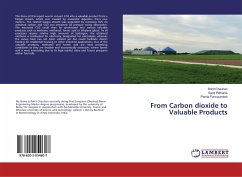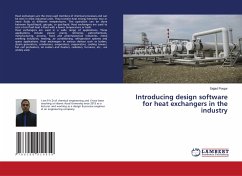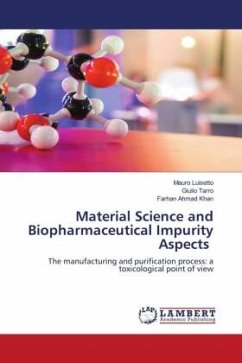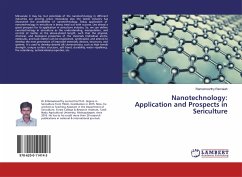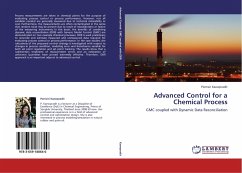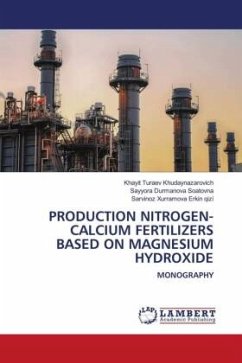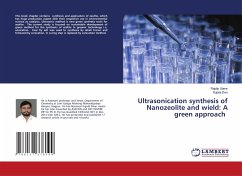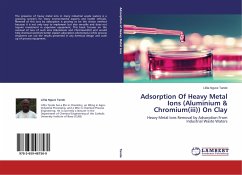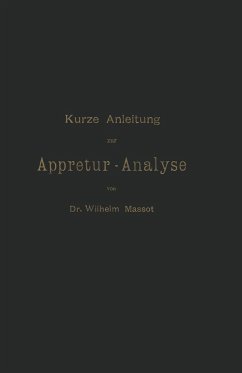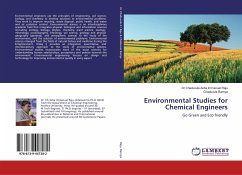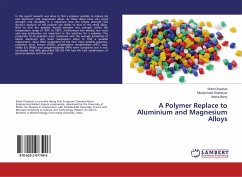
A Polymer Replace to Aluminium and Magnesium Alloys
Versandkostenfrei!
Versandfertig in 6-10 Tagen
24,99 €
inkl. MwSt.

PAYBACK Punkte
12 °P sammeln!
In this report research was done to find a polymer suitable to replace die cast aluminum and magnesium alloys. As these alloys have very good strength and durability it is important that the tensile strength and Young's modulus of this polymer are similar to that of the metal alloys. Next to that the polymer should maintain this strength within the temperature range of -40°C to 100°C. Furthermore low density, low costs and easy production are important in the selection for a polymer. The properties of six polymers were compared with the average properties of eleven aluminum and seven magnesi...
In this report research was done to find a polymer suitable to replace die cast aluminum and magnesium alloys. As these alloys have very good strength and durability it is important that the tensile strength and Young's modulus of this polymer are similar to that of the metal alloys. Next to that the polymer should maintain this strength within the temperature range of -40°C to 100°C. Furthermore low density, low costs and easy production are important in the selection for a polymer. The properties of six polymers were compared with the average properties of eleven aluminum and seven magnesium alloys to find a suitable replacement. Glass filled composites of the four most suitable polymers, polyether ether ketone (PEEK), polyethylene terephthalate (PET), poly-amide 6,6 (PA66) and polyphthalamide (PPA) were compared and it was concluded that 60% glass-filled (60 GF) PPA had the best combination of good properties and low costs.



